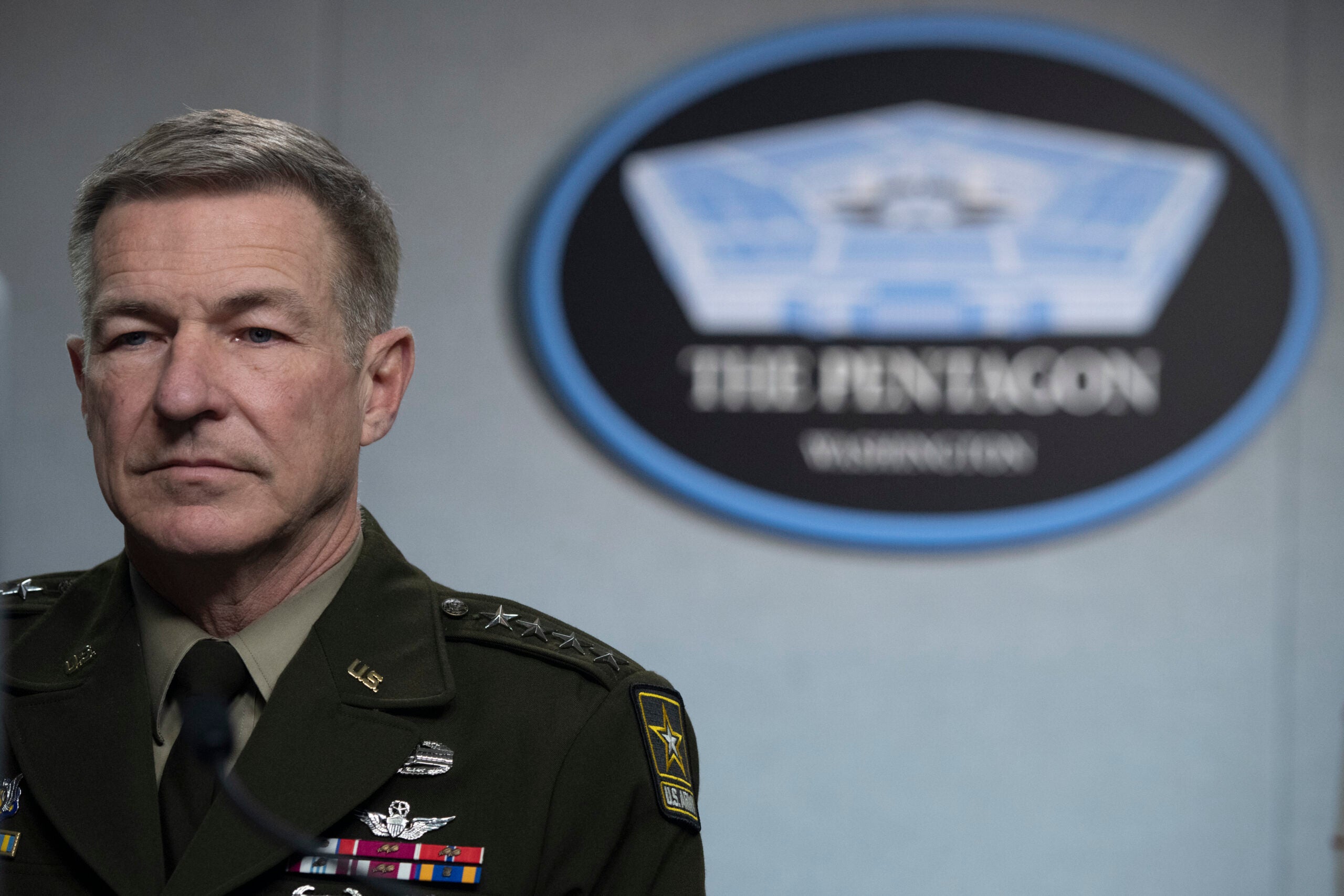Nicholas Charles Revello Plaintiff V.s Keren Laina Sangalaza Defendant
February 23, 2021
Veterans Day Message from President Trump
August 1, 2022
Navajo Code Talker Samuel Sandoval dies
August 1, 2022
Single Judge Application; Geib, 733 F.3d at 1354 (establishing that “applicable regulations place responsibility for the ultimate TDIU determination on the VA, not a medical examiner”); Board was therefore ...
The health and well-being of our service members, DOD civilian employees and families is paramount for force readiness, Gilbert R. Cisneros Jr., the undersecretary of defense for personnel and readiness, ...
Single Judge Application; The Board cannot avoid adjudicating an issue before it, here the proper rating, simply because it may also arise in a different claim. See Rice, 22 ...
Single Judge Application; Wise v. Shinseki, 26 Vet.App. 517, 531 (2014); apply the correct standard of proof for determining that issue; The examiner rejected the scientific evidence because it ...
Single Judge Application; In Rizzo v. Shinseki, the U.S. Court of Appeals for the Federal Circuit previously held that VA need not affirmatively establish an examiner’s competency. 580 F.3d 1288, ...
Readiness in the U.S. armed forces comprises many factors, but "food insecurity" impacts physical and mental health, the deputy assistant secretary of defense for Military Community and Family Policy ...
House lawmakers want Veterans Affairs officials to start talking to veterans about misinformation and extremism online. Included in the House Appropriations Committee’s proposal for more than $270 billion in department ...
198 Veterans News - Copyright AllRights Reserved.
:quality(70)/cloudfront-us-east-1.images.arcpublishing.com/mco/T56ADX64ANDYNP5MWRKCULXRZA.jpg)



:quality(70)/cloudfront-us-east-1.images.arcpublishing.com/mco/QBYJTGYCQBHSVITAL32RAO7HAA.jpg)




:quality(70)/cloudfront-us-east-1.images.arcpublishing.com/mco/YVREBMCGTNFNTI6PSBKVQDR7CU.jpg)

